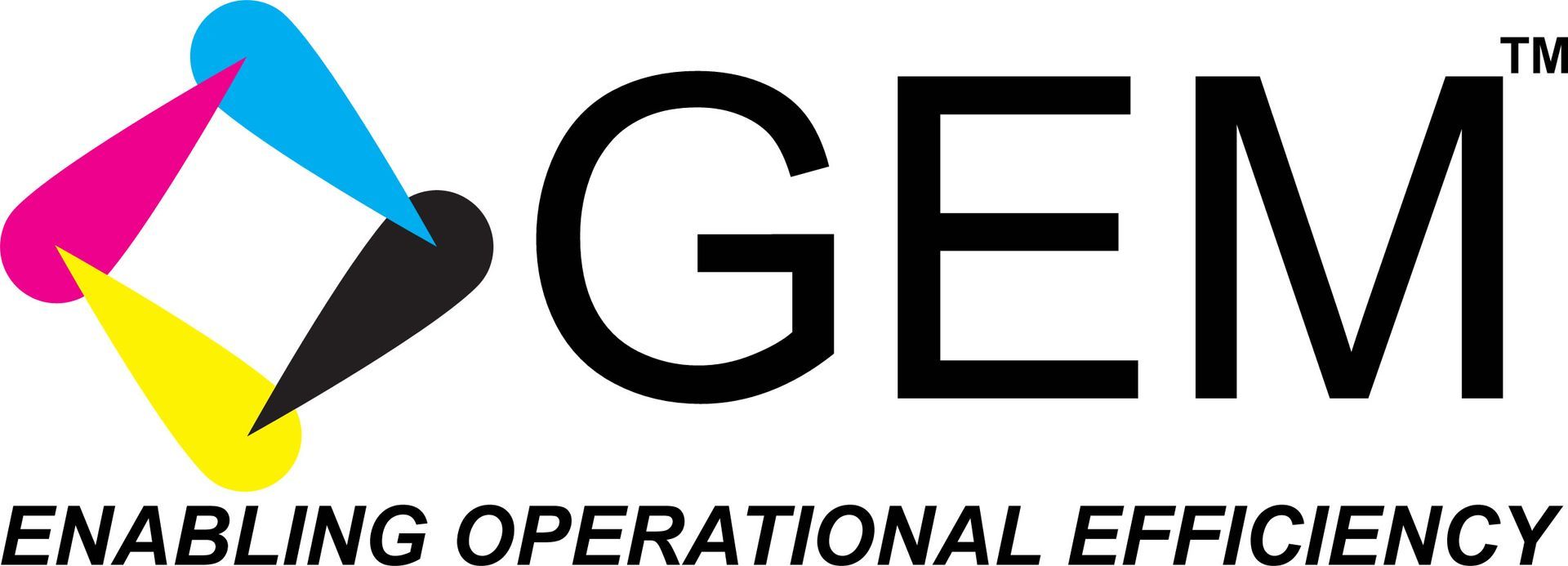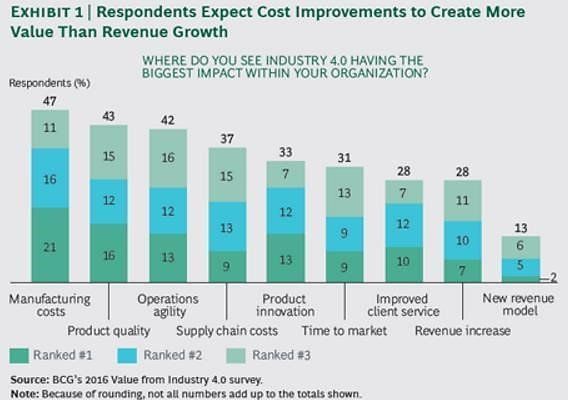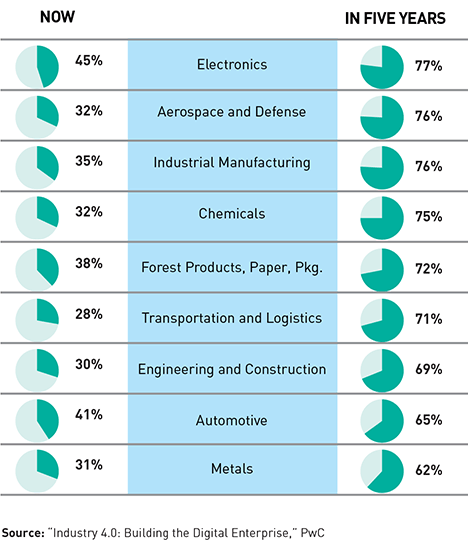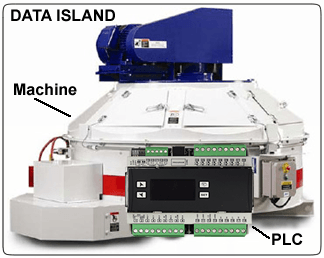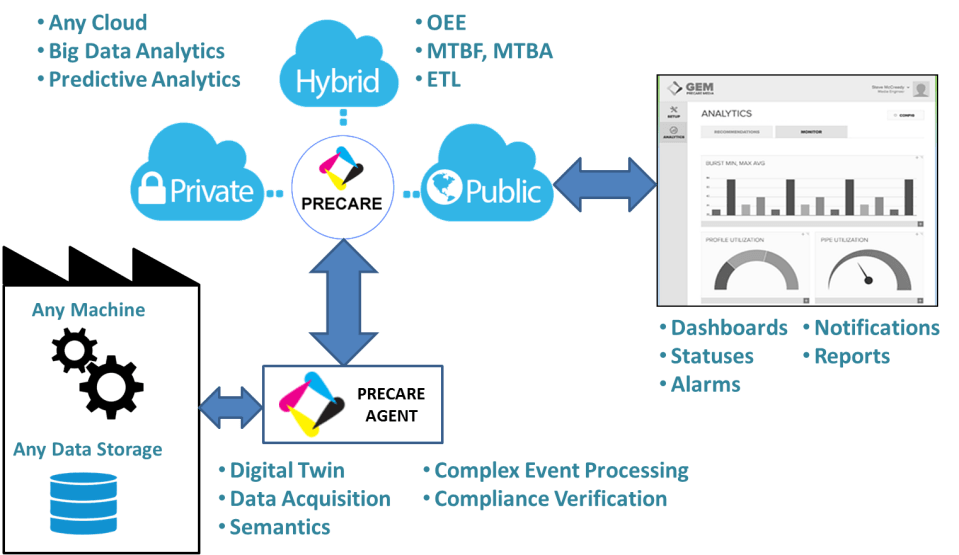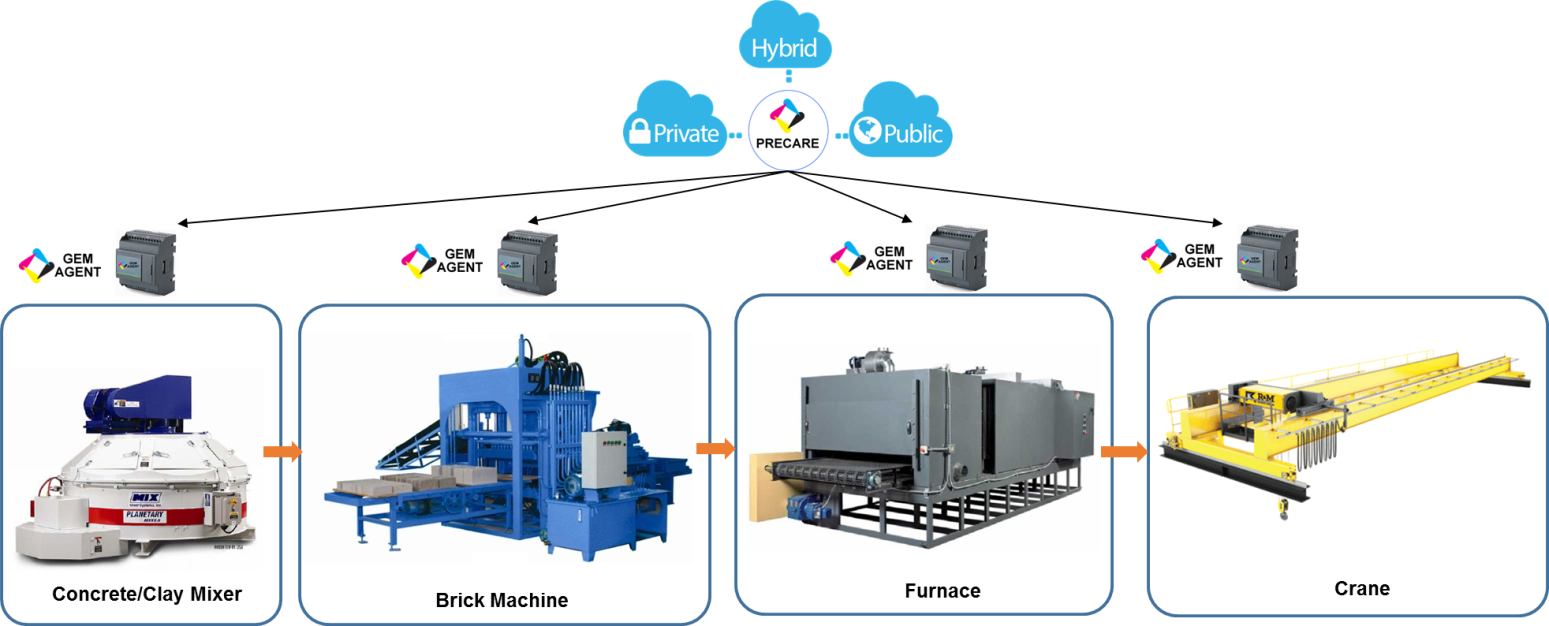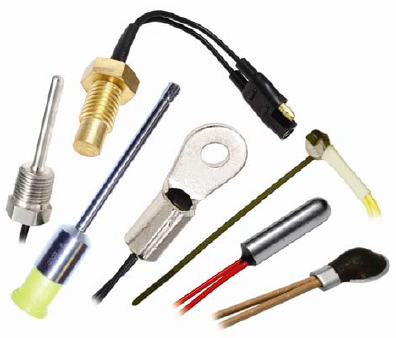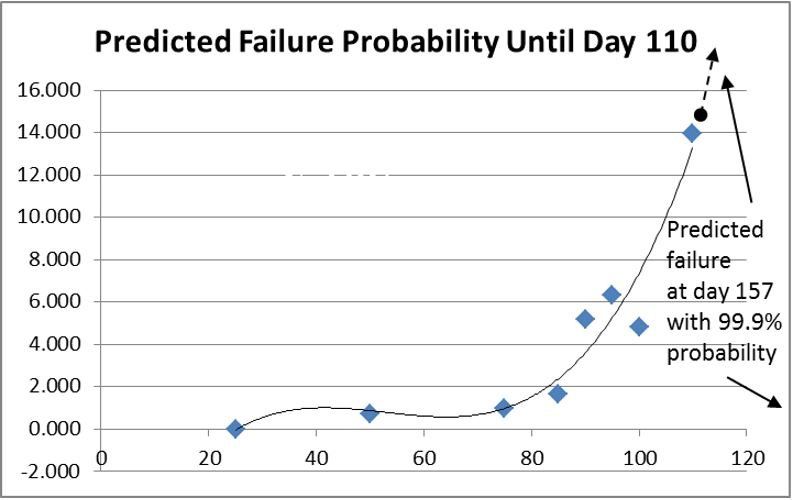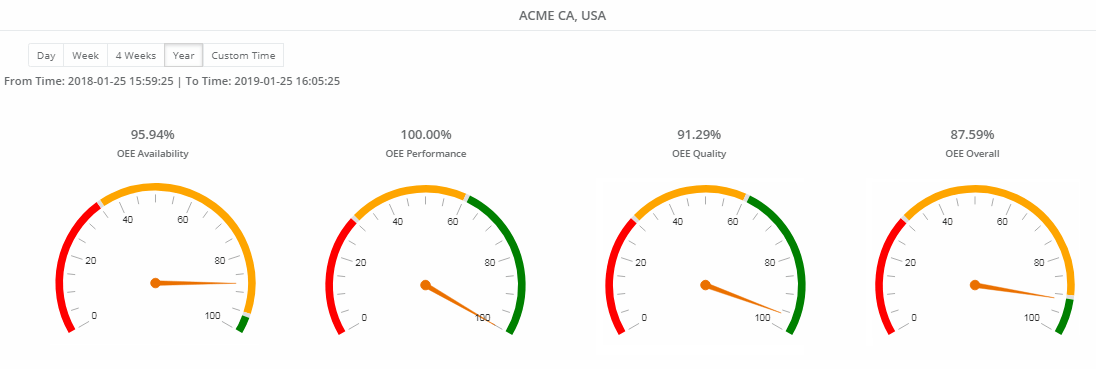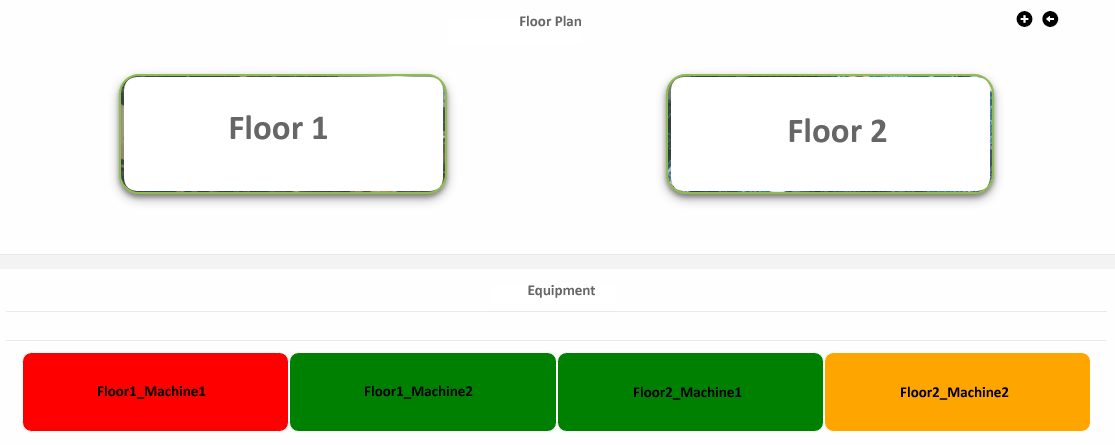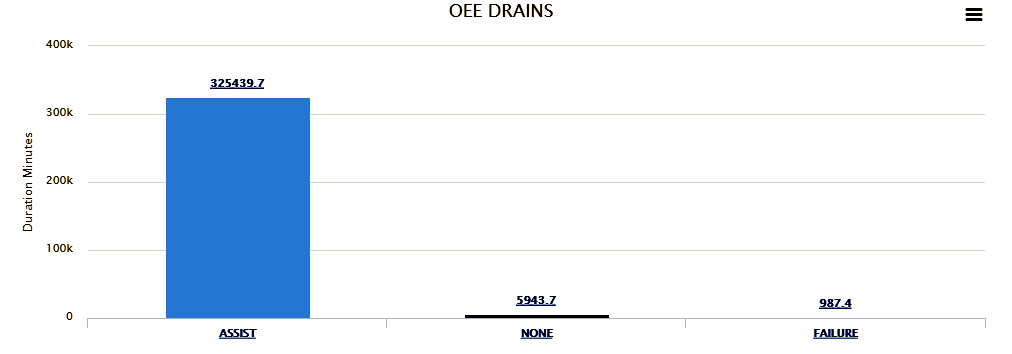HEAVY INDUSTRIES MANUFACTURING REAPS INDUSTRY 4.0 BENEFITS WITH GEMBO PRECARE
CRITICAL KPIs AND PREDICTIVE ANALYTICS FOR ENHANCED OPERATIONAL
ABSTRACT
The advent of Industry 4.0 or smart manufacturing is transforming industries across the board from an automation-centered to a knowledge-centered focus. This is not surprising since the benefits of big data analytics for the purpose of making predictions and tracing the root cause of an issue is of extreme importance to any manufacturer, regardless of the industry sector. In this white paper we identify the unique problems that manufacturers in the heavy industries sector face in making the transition to smart manufacturing and explain how the GEMBO Precare IIoT platform solution helps solve these issues without the need for an overhaul of existing manufacturing infrastructure.
BENEFITS PERCEPTION OF INDUSTRY 4.0
A survey conducted by the Boston Consulting Group in 2016 on manufacturers’ expectations from Industry 4.0 shows that manufacturing cost as the top expectation gets the highest priority in the range of manufacturing cost to new revenue model, followed by product quality, while manufacturing cost scores the highest in expectation, followed by product quality.
This is not surprising since the main foundational element of Industry 4.0 is the real-time acquisition of data from the factory floor which can lead to immediate improvements in manufacturing costs and product quality. Next in expectation are operations agility, supply chain costs and product innovation, followed by time-to-market, improved customer satisfaction and revenue increase. Since IIoT and predictive analytics directly affect OEE (Overall Equipment Effectiveness), it turns out that when properly implemented and used, there is a dramatic positive effect on revenue growth, as we will demonstrate in this white paper.
ADOPTION OF INDUSTRY 4.0 EXPECTATIONS AND FACTS
In a 2015 survey by PwC of more than 2,000 manufacturers in 26 countries, one-third had already achieved more than 35% of digitization of their factory floors, and almost 77% is planning to reach a greater than 65% level of digitization by 2020. The reality is however is that this is an optimistic view, based on expectation of favorable consumer sentiment and capital market conditions.
What GEMBO has found is that economic uncertainties dramatically temper the adoption rate for smart manufacturing, because of the high capital and operational expenditures associated with replacement of legacy equipment with the latest and greatest digitized equipment. GEMBO has further found that the majority of today’s factory automation consists of data islands with no means to access the machine data in real-time or at all.
What GEMBO has found is that economic uncertainties dramatically temper the adoption rate for smart manufacturing, because of the high capital and operational expenditures associated with replacement of legacy equipment with the latest and greatest digitized equipment. GEMBO has further found that the majority of today’s factory automation consists of data islands with no means to access the machine data in real-time or at all.
There are two common situations, GEMBO has observed. The first one is the existence of the “Digitally Controlled Data Island” where factory automation installations include a PLC or some other form of digital control, but with no network access. Therefore, once programmed, they perform sensor data acquisition and control as a closed system with no access to real-time sensor data. This precludes such systems from providing data for the enablement of smart manufacturing.
The Second one is that of “Missing Critical Data”, where the PLC only monitors signals that are directly related to particular subsystems of the machine, and in most to all cases, monitors only the actions of the machines, related to total parts, good parts and bad parts, leaving out other variables that can provide imperative complementary insights in the root cause of diminished OEE or that are important in order to be able to make highly accurate predictions when to conduct equipment maintenance. Monitoring vibrations, noise, ambient temperature, humidity and power supply conditions are among just a few of these variables that are largely omitted, but yet can contribute in very important ways. Furthermore, it should be noted here that such incompleteness of data holds equally true for machines that are network-enabled, no matter if they belong to the most recent generation of factory automation equipment.
CONNECTING DATA ISLANDS AND EXTENDING DATA ACQUISITION WITH GEMBO PRECARE
GEMBO has recognized the earlier mentioned practical problems which manufacturers face on an ongoing basis, no matter where they are in their journey to transition to smart manufacturing. Where many excellent products exist today for the back-end processing of machine data, GEMBO is unique in that it also solves the “last mile” problem in addition to the back-end processing for critical KPIs and predictive analytics.
The GEMBO Precare IIoT platform consists of GEMBO Precare Edge, GEMBO Precare Cloud and GEMBO Precare KPIs. GEMBO Precare Edge agents are responsible for data acquisition, digital twin representations of the machines, edge processing and communicating machine data to the GEMBO Precare Cloud. GEMBO Precare Cloud uses the machine data for predictive analytics, including machine learning for predictive maintenance, and real-time compilation of critical KPIs, such as equipment Availability, Performance, Quality, OEE, MTBF and MTBA.
GEMBO Precare Agents deploy their own sensors to complement sensor data, if accessible, from the machine, such as from a PLC, or rely entirely on its own sensors where there is no access at all to sensor data. In either case the agents connect via a TCP/IP infrastructure, Ethernet or WiFi, to a GEMBO Precare Cloud. In this fashion GEMBO Precare connects machines into a network infrastructure and eliminating existing data islands.
GEMBO further distinguishes itself from other IoT solution providers via reliable, industrial grade agent and sensor hardware, as well as its broad and deep knowledge of sensor technology. These hardware components are specified to operate in harsh environmental conditions, commonly encountered in heavy industries manufacturing, such as construction materials manufacturing.
Broad and deep knowledge of sensor technology means that GEMBO is able to understand measurement and behavioral parameters which are critical for each machine in the process flow and their relevance to the predictions that can be made from the data. The importance of this cannot be overstated and is best illustrated via the temperature probe example here below.
Although there are literally hundreds of temperature probes available for the same temperature measurement range, making a selection just based on temperature measurement range, substance to be probed (i.e., solid, liquid or gas), probe assembly and electrical interface is not sufficient. The table below lists a subset of variables that are critical in the selection of the correct probe for the job.
| Parameter | Explanation |
|---|---|
| Type | Thermocouples are categorized based on their bimetals used. RTDs are categorized based on their resistive material used and impedance. |
| Range | The measuring range dictates which category of thermocouple to use. |
| Accuracy | Often overlooked whereas a low accuracy can lead to many problems. |
| TTC - Thermal time Constant | Often overlooked how fast the probe settles for a temperature step change. |
| Power supply | Often overlooked difficult to reach wall outlets. |
| Vibration | Often overlooked for use in harsh environments, resulting in failures. |
| Shock | Often overlooked for use in harsh environments, resulting in failures. |
GEMBO PRECARE SOLUTIONS
GEMBO Precare uses the power of data, analytics and machine learning to mitigate and minimize the impact of equipment related adverse events, providing the following solutions:
- Predictive maintenance. Avoids costly unscheduled and unnecessary scheduled downtime. Instead predicts when precisely to schedule maintenance.
- Catastrophic failure prevention. Avoids costly catastrophic failures, for instance by early detection of abnormal vibrations in rotating machine parts or due to unbalanced machine parts.
- Maintenance/repair time reduction. Avoids expensive maintenance/repair crew hours with prior knowledge of the kind of maintenance or repair and which spare parts are needed.
- Overall Equipment Effectiveness & customer satisfaction optimization. Maximizes OEE, revenues and margins by eliminating unnecessary and unplanned downtime by keeping any downtime at a minimum, rate of production optimal and quantity of scrapped products low.
PREDICTIVE MAINTENANCE
GEMBO Precare collects failure data and uses machine learning to construct models that can accurately predict when a failure has the highest probability of happening. An example is shown below. GEMBO Precare predictions take scheduling time into consideration. For example, if scheduling maintenance requires 30 days ahead scheduling, the prediction is made for 30 days out. Prediction results are expressed in failure probability and accuracy. GEMBO Precare achieves close to 100% accuracy as shown in the example, where a prediction is made on day 110 when a failure will occur. The actual day of failure is at day 159, whereas GEMBO Precare predicts with a 99.9% probability and 99% accuracy that the failure will happen on day 157.
OEE
Just as predictive maintenance is important to optimize equipment availability and to eliminate unnecessary scheduled downtime, so is OEE for productivity. OEE is an important KPI and tool to discover events and factors that adversely affect equipment effectiveness and customer satisfaction.
OEE is expressed as OEE = availability x performance x quality. Each of these components is measured as follows:
- Availability; measured as the ratio of actual production time and total production time for a given production batch.
- Performance; measured as the ratio of actual quantity produced and quantity of units that could have been produced under ideal condition for a given production batch.
- Quality; measured in terms of the ratio of the quantity of good units and the quantity of total units the machine produced in a production batch.
GEMBO Precare not only collects all data necessary to calculate availability, performance, quality and OEE, but drills down to the cause(s) of diminished OEE. An example is shown below for an installation consisting of two chillers and two condensers serving the building lobby and the cafeteria with one pair of chiller and condenser for each space at ACME CA, USA.
At the top level the OEE KPIs are shown for the complete factory. Each OEE KPI lists also the details. For instance, for the Availability KPI the hours of unplanned, planned and total run time are shown.
Since the availability KPI is relatively low compared to the performance and the quality KPIs, the next step is to find out which equipment is experiencing high levels of downtime. Examining the floor plan reveals that machine 1 on floor 1 is currently in the red zone. This doesn’t mean yet that this machine is responsible for the availability KPI to be so low, since this is just a snapshot at the present moment.
At the same time the bar graph below shows that the main reason for the low availability is due to a relatively high number of assist hours.
Clicking on the assist bar shows that machine 1 on floor 2 contributes to nearly 100% of the assist hours.
Further drill-down from here is possible into the exact reason(s) for the high number of assist hours, depending on the number of drill-down levels for assists configured in GEMBO Precare.
GEMBO PRECARE AGENTS
GEMBO Precare deploys agents which can talk directly to equipment controllers over a host of different physical interfaces and protocols, as well as gather machine data independently from the machine’s controller. The key agent features are listed below:
- Real-time data acquisition. GEMBO Precare agents collect any equipment and ambient vital data in real-time for overall equipment health analysis and trends.
- Any equipment vitals. Whichever is needed to be monitored, including abnormal power supply voltage fluctuations, unusual noise and abnormal vibrations caused by moving parts, ambient temperature, humidity, etc.
- Any connectivity. Equipment vitals may be collected through sensors on GEMBO Precare agents, from the equipment’s own programmable logic controllers or through a combination of both.
- Low latency. GEMBO Precare agents run on microprocessors which reside in the vicinity of the equipment, performing on the spot anomaly detection, machine vision, complex event processing and other latency-sensitive tasks.
- Machine learning. These microprocessors are powerful enough to perform inference, using the machine learning models trained by the GEMBO Precare Cloud platform.
- GEMBO Precare agents connect to your choice of private, public or hybrid Cloud, where the data can be used to train machine learning models, visualize KPIs and other data, issue alarms and periodic reports.
CONCLUSIONS
GEMBO Precare has a set of powerful data acquisition, analytics, predictive and OEE tools for manufacturing equipment. GEMBO Precare compiles critical KPIs that can be used to easily trace back which machine or machine subsystem is responsible for a low KPI score. GEMBO Precare is also able to make predictions at equal or better than humanly possible for machine maintenance to be scheduled before a failure occurs. But most importantly, unlike other market solutions, GEMBO Precare is able to deploy its own sensors independently from any machine controller and fully connect any machine data island to the GEMBO Precare Cloud at a fraction of the cost of a new machine; hence, saving manufacturers from having to make large and risky CAPEX and OPEX investments for new machines.
CONTACT US
